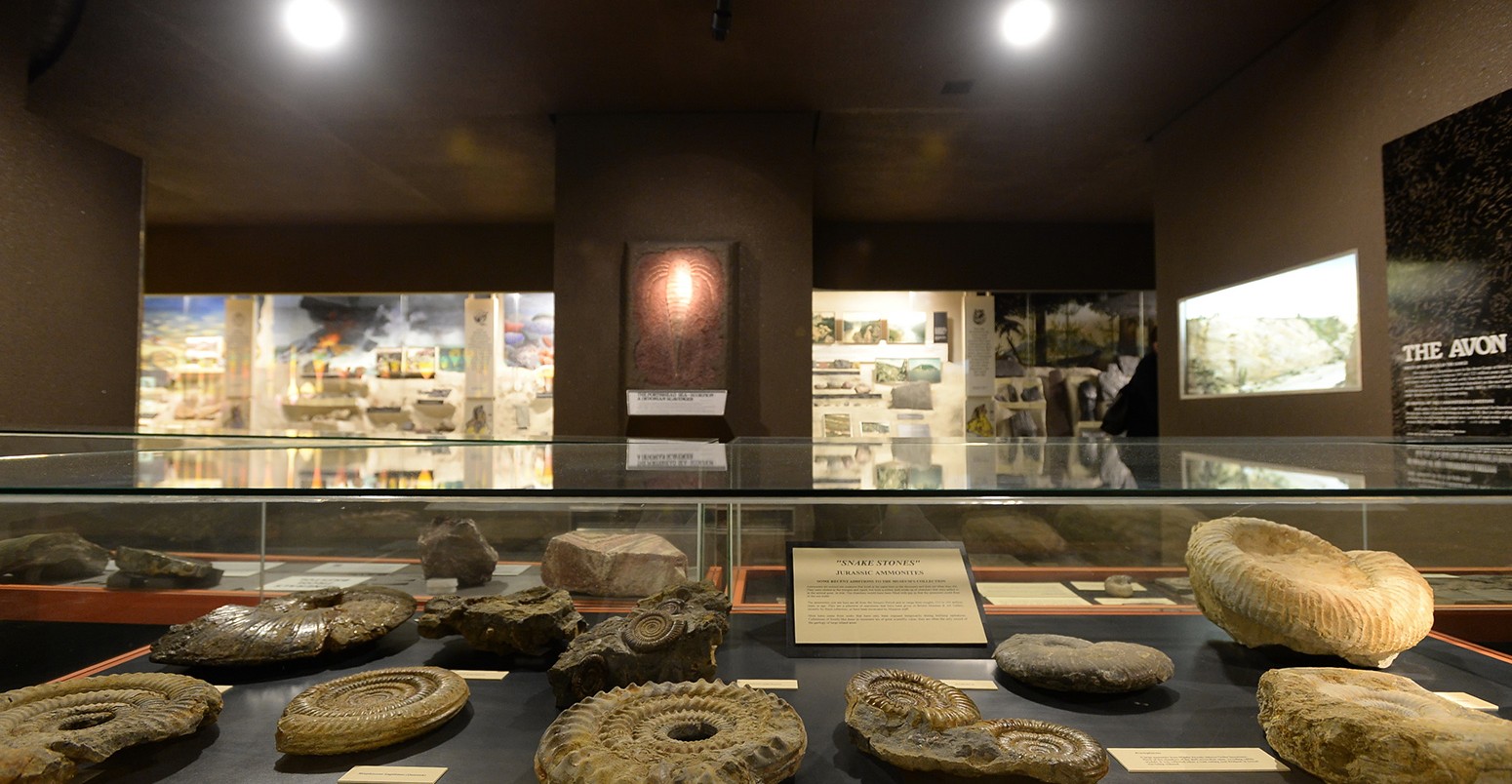
What a three-million year fossil record tells us about climate sensitivity
Robert McSweeney
02.04.15Robert McSweeney
04.02.2015 | 6:00pmUnderstanding how the climate reacts to increasing atmospheric carbon dioxide, known as ‘climate sensitivity’, is crucial to making accurate projections of global temperature rise.
One way scientists estimate climate sensitivity is to look at Earth’s distant past to see how the planet responded to changing greenhouse gas levels. A new study, published in Nature, uses fossilised marine organisms to reconstruct carbon dioxide levels as far back as three million years ago.
And the results suggest climate sensitivity during both the warm and cold climates of the past is in line with the Intergovernmental Panel on Climate Change’s (IPCC) estimates. This means we can have high confidence in its projections of future warming, say the scientists.
Climate sensitivity
Climate sensitivity is the amount of warming we can expect when carbon dioxide in the atmosphere reaches double what it was before the industrial revolution. Pre-industrial levels were about 280 parts per million (ppm), we’re at nearly 400 ppm now and at current emission rates, we’re due to hit 560 ppm soon after 2050.
Warming won’t just stop with a doubling of carbon dioxide, however. Under the highest of the IPCC’s emissions scenarios, greenhouse gas concentrations by the end of the century would be equivalent to 1370 ppm of carbon dioxide – over four times pre-industrial levels.
Working out the precise value of climate sensitivity is tricky. Estimates come with a range, a lower and upper limit within which the real value could reasonably lie.
The IPCC estimates the value of climate sensitivity is likely to lie between 1.5 and 4.5 degrees Celsius. This takes into account different lines of evidence, including recent observations, records of temperature in earth’s distant past, and climate models. You can read more about how scientists calculate climate sensitivity in Carbon Brief’s FAQ.
Feedbacks
Understanding how sensitive the climate is to ‘forcings’ such as carbon dioxide has important implications for the long-term projections of future warming, says co-author Dr Gavin Foster, associate professor in geochemistry at the University of Southampton.
Narrowing the range of climate sensitivity would allow scientists to narrow the range in their projections. But one complicating factor is the extent to which ‘feedbacks’ in the climate system can speed up or slow down the rate of warming.
Positive feedbacks amplify warming. For example, as temperatures rise and sea ice melts, less of the Sun’s energy is reflected. Temperatures rise further as more energy is absorbed by the Earth’s surface.
By looking into periods of the Earth’s history, scientists can examine the feedbacks that emerged during times with different climates. Foster explains to Carbon Brief:
“In particular, we need to know if any unexpected feedbacks kick-in during climates warmer than present. Such feedbacks could result in a dramatically different temperature response to forcing, so much so, that our long-range predictions of climate warming could be way off.”
Carbon dioxide record
Foster and his colleagues developed a record of atmospheric carbon dioxide stretching back over 3.3 million years. Usually scientists use ice cores for this, but these only take us back 800,000 years, Foster says. To look back even further, they analysed shells of microscopic marine organisms called foraminifera buried in the sea bed over millions of years.
Image of foraminifera through a microscope. Credit: Dr Gavin Foster
By sampling the chemicals contained in formanifera shells, the researchers built up a picture of how acidic the oceans were at the time the organisms lived. As the pH of the surface ocean mirrors how much carbon dioxide there is in the atmosphere, this allowed the scientists to construct a timeline of carbon dioxide levels over the same period.
Scientist analysing shell samples in laboratory. Credit: Dr Gavin Foster
The researchers picked two periods in the Earth’s history to analyse climate sensitivity: the Pliocene, from five to 2.5 million years ago, and the Pleistocene, from 2.5 million to 12,000 years ago. One of these periods was warm and the other was cold. This allowed the team to see if the sensitivity of the climate changed depending on global average temperatures.
During the Pliocene, global average temperatures were about two degrees Celsius higher than they are now. While the Pleistocene period saw the Earth’s last major ice age, with temperatures plunging to around five degrees lower than today.
Climate response
When the researchers compared their new timeline against records of global average temperature, they found that the climate responded to changing carbon dioxide in the same way during both the warm Pliocene and the cold Pleistocene. Foster says:
“At least for climates up to three degrees warmer than the pre-industrial, and four degrees cooler than pre-industrial, no extra feedbacks operated.”
The results are likely to translate to a climate sensitivity of between two and three degrees, says Prof David Lea from the University of California, in an accompanying News and Views article. This is consistent with the range of climate sensitivity the IPCC gives, Foster adds:
“This suggests that the IPCC range is adequate to explain the response of the system in the Pliocene to climate forcing, and so, by extension, is likely adequate to explain the climate response in the near future as we approach Pliocene-like conditions.”
Paleoclimate studies are one line of evidence the IPCC uses to construct its likely range of climate sensitivity. Climate models tend to support the upper end of the IPCC’s range, while observation-based estimates support the lower end. So while the new study adds to the body of literature, it doesn’t narrow the uncertainty around climate sensitivity on its own.
And there’s plenty more information scientists can gain from paleoclimate studies, say the authors. The paper concludes:
“Studies of even warmer intervals in the deeper geological past are needed to determine whether any additional climate feedbacks should be expected as Earth warms even further into the twenty-second century if carbon dioxide emissions continue unabated.”
Main image: Jurassic period fossils on display in Bristol Museum.
Martinez-Boti, M.A., Foster, G.L. et al. (2015) Plio-Pleistocene climate sensitivity evaluated using high-resolution CO2 records, Nature, doi:10.1038/nature14145 & Lea, D.W. (2015) Climate sensitivity in a warmer world, Nature, doi:10.1038/518046b
-
What a three-million year fossil record tells us about climate sensitivity



